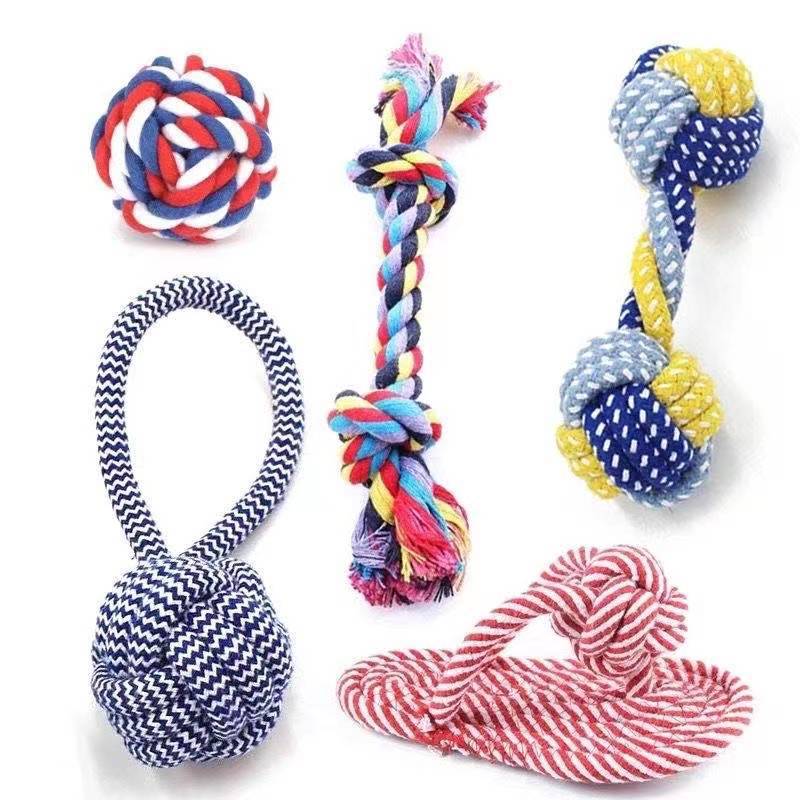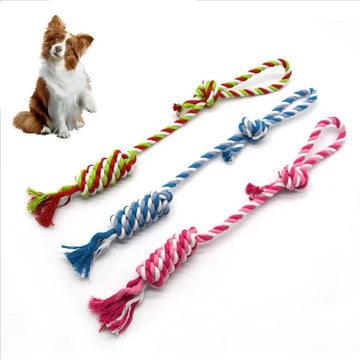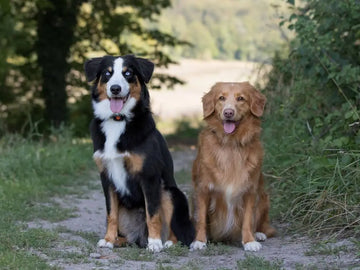Dogs are enthusiastic chewers, often shredding their toys during playtime. While this behavior is common, it becomes concerning when they swallow bits of stuffing. If your furry friend has eaten toy stuffing, understanding the risks and the necessary steps to address the situation is crucial for their health and safety.
Why Do Dogs Eat Stuffing?
Dogs chew and sometimes eat stuffing from toys for several reasons. Puppies, for instance, are naturally curious and explore their environment with their mouths. The soft texture of toy stuffing might feel satisfying to chew, or they may mistake it for food. On the other hand, adult dogs often tear apart toys due to boredom, anxiety, or a natural predatory instinct that mimics hunting behavior. For such dogs, engaging their instincts with proper chew toys, such as durable options or puzzle toys, can help redirect destructive tendencies.
Sometimes, the behavior stems from a condition known as pica, where dogs consume non-food items due to stress, nutrient deficiencies, or medical issues. If your dog regularly eats stuffing or other unusual materials, consult a veterinarian to rule out underlying problems.
Potential Risks of Swallowing Stuffing
The stuffing inside dog toys, often made of polyester, cotton, or synthetic materials, is not digestible. Swallowing even small amounts can pose risks such as:
- Choking: A wad of stuffing can block the airway, leading to difficulty breathing or even suffocation.
- Intestinal Blockages: Larger quantities may obstruct the digestive tract, causing severe pain and requiring surgical intervention.
- Toxic Reactions: Some stuffing materials contain chemicals or dyes that can be harmful if ingested.
Even if the dog appears fine after swallowing a small piece, complications can develop later, especially if the stuffing does not pass through the digestive system naturally. Knowing the risks helps you take proactive measures to safeguard your pet’s health.
Steps to Take Immediately
If you catch your dog eating toy stuffing or suspect they have done so, it’s essential to act quickly and responsibly:
- Stay Calm: Dogs can pick up on your emotions. Panicking may stress your dog, which could worsen the situation or cause them to swallow more.
- Remove Remaining Stuffing: Check the area where the incident occurred and inspect your dog’s mouth to ensure no additional stuffing is ingested.
-
Monitor for Symptoms: Be vigilant for warning signs such as:
- Vomiting or retching.
- Loss of appetite.
- Difficulty passing stools or constipation.
- Abdominal swelling or pain.
- Avoid Inducing Vomiting: Unless directed by a veterinarian, do not attempt to make your dog vomit. Some materials can cause more harm on the way back up.
- Contact Your Veterinarian: If your dog exhibits concerning symptoms, seek veterinary care immediately. Provide details about the material and the approximate amount ingested.
Preventing Future Incidents
Preventing stuffing ingestion starts with selecting appropriate toys for your dog. Not all toys are designed for heavy chewers, and choosing the wrong one can lead to repeated accidents. Here are some tips to reduce the risk:
- Inspect Toys Regularly: Check your dog’s toys for wear and tear. Discard any with loose stuffing, frayed edges, or holes.
- Choose Durable Toys: For dogs prone to aggressive chewing, invest in toys made of high-quality materials like rubber or nylon. Look for labels indicating they are suitable for tough chewers.

- Rotate Toys: Regularly switching out toys keeps your dog engaged and reduces the likelihood of boredom-driven destruction.
- Supervise Playtime: When introducing new toys, observe your dog’s behavior to ensure the toy is suitable and safe.
Providing alternative enrichment, such as puzzle toys or chewable treats, can also help satisfy their need to chew without risking their safety.
Choosing the Right Toys for Your Dog
The right toy can make all the difference in keeping your dog entertained while protecting them from hazards like stuffing. Here’s a breakdown of ideal toys based on different needs:
- Best Chew Toys for Puppies: Soft yet durable chew toys that help with teething discomfort are a must. Silicone or non-toxic rubber toys with a gentle texture are excellent options.
- Ring Dog Toy: This versatile choice is ideal for interactive play and chewing. Its durable design can withstand moderate to heavy chewing and keeps dogs entertained for hours.
- Toys for Aggressive Chewers: If your dog has a powerful bite, select toys labeled "indestructible" or those made of reinforced rubber or nylon.
Additionally, avoid toys with small parts or loose materials that can break off and be swallowed. Brands that specialize in durable pet products often provide safer options.
When to Call the Vet
If your dog shows any of the following signs after eating toy stuffing, veterinary attention is necessary:
- Persistent vomiting or gagging.
- Difficulty breathing or excessive drooling.
- Constipation, diarrhea, or inability to pass stools.
- Lethargy, loss of appetite, or signs of pain (e.g., whining or guarding their abdomen).
- A swollen or hard abdomen.
Veterinary diagnostics may involve imaging tests like X-rays or ultrasounds to determine the location and severity of the blockage. In severe cases, surgery may be required to remove the obstruction.
Tips for Long-Term Safety
Keeping your dog safe goes beyond monitoring their toys. Here are some additional safety tips:
- Train and Redirect Behavior: Teach your dog the “leave it” command to prevent them from chewing inappropriate items.
- Provide Mental Stimulation: Boredom often leads to destructive behavior. Interactive toys and regular exercise can keep your dog’s mind and body active.
- Consider Chew-Resistant Beds: If your dog has a habit of chewing on bedding, invest in chew-resistant materials to avoid similar risks.
Conclusion
When a dog eats toy stuffing, quick action and vigilant monitoring are essential. The risks of choking, intestinal blockage, or toxic exposure make this a serious concern. By selecting durable, safe toys and supervising playtime, you can significantly reduce the likelihood of such incidents. Should an accident occur, knowing the steps to take and when to seek veterinary care ensures your furry friend remains healthy and happy.
Providing proper toys, training, and alternatives not only protects your dog but also enriches their playtime experience. Always consult your veterinarian when in doubt, as their expertise is invaluable in safeguarding your pet’s well-being.









